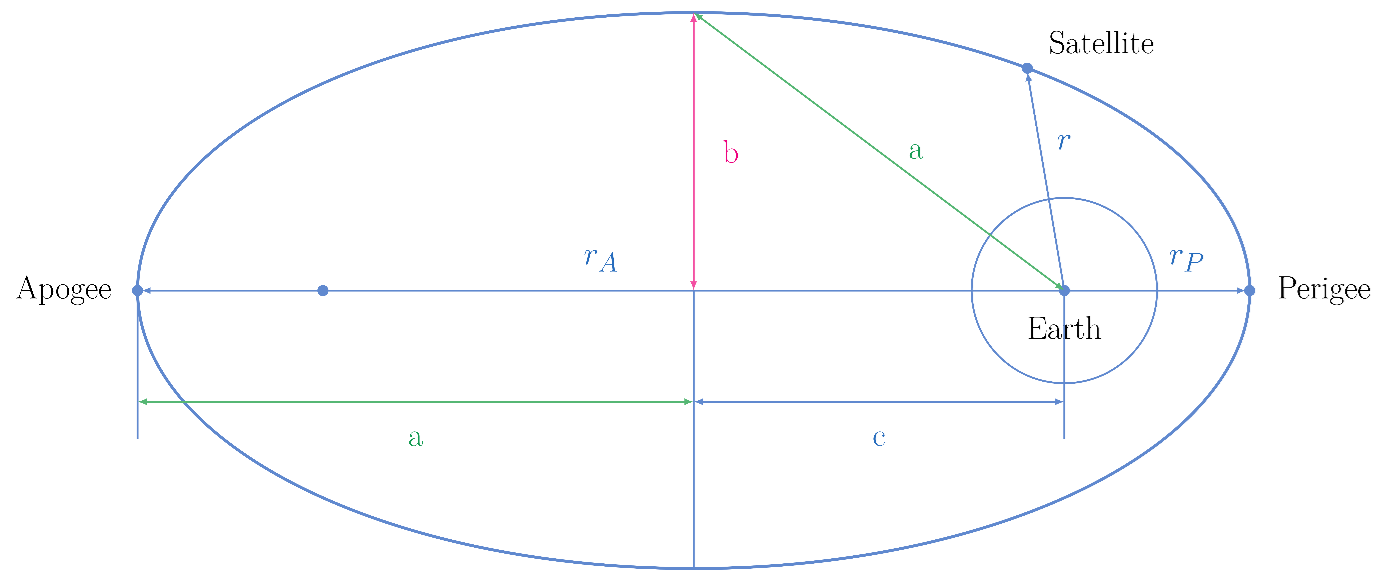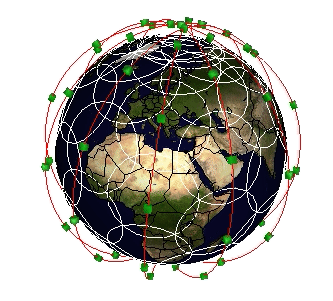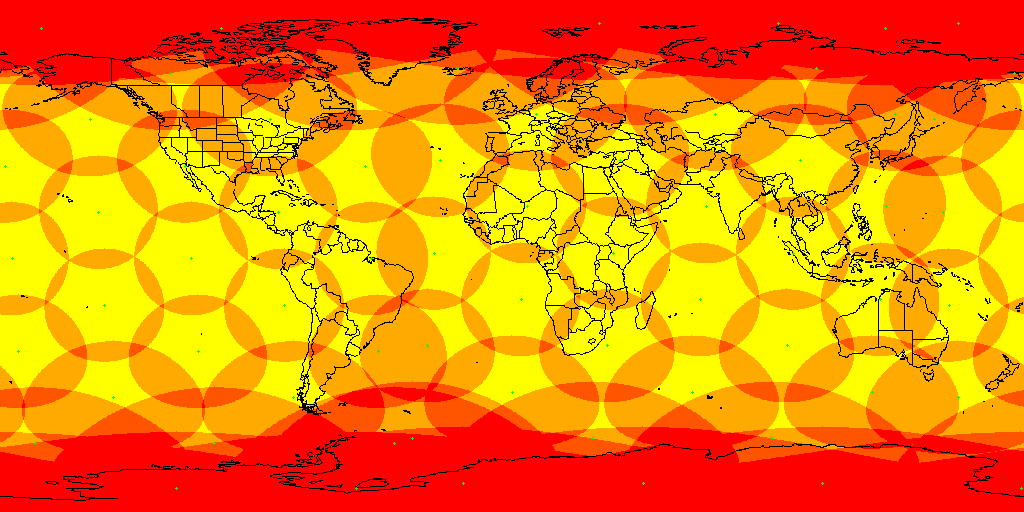Satellite Communications
- type: Lecture (V)
- chair: KIT-Fakultäten - KIT-Fakultät für Elektrotechnik und Informationstechnik
- semester: SS 2024
-
place:
Seminar room 213 & 214, CEL (building 06.45)
-
time:
Tuesday, bi-weekly
14:00 - 15:30 & 15:45 - 17:15
You can find the actual dates on ILIAS - start: 16.04.2024
-
lecturer:
Dr. Francisco Lázaro Blasco
Dr. Federico Clazzer - sws: 2
- lv-no.: 2310566
- information: Blended (On-Site/Online)
| Language of instruction | English |
| Organisational issues | Termine siehe Homepage Ort: Seminarraum 213 & 214 des CEL, Geb. 06.45 |
Satellite Communications
Until recently, applications of satellite communications were limited to niche markets such as maritime, aeronautical, or military communication. However, recent changes such as the emergence of megaconstellations (e.g., Kuiper and Starlink) have made satellite communications enter the mainstream.
The satellite communications course provides an overview of how modern satellite communications systems work. The lecture starts with an introduction to orbital mechanics and a discussion of the main types of satellite orbits.

The next set of lectures covers the lower layers of the protocol stack. In particular, a first lecture covers the design of satellite communication links and the computation of link budgets, followed by lectures on the physical layer transmission techniques used in satellite communications as well as multiple access protocols.

The following lectures delve into system and networking aspects of satellite constellations, as well as some interesting aspects of modern megaconstellations.

The last lectures covering satellite communications focus on the payload aspects of communication satellites, with a special focus on antenna techniques, and a lecture on the characterization of the satellite wireless communication channel.
Finally, the course is completed with a lecture on satellite navigation.

